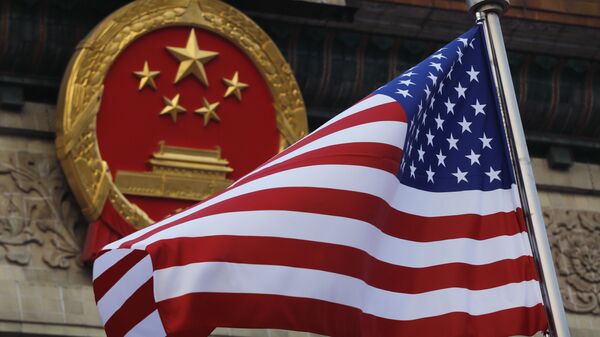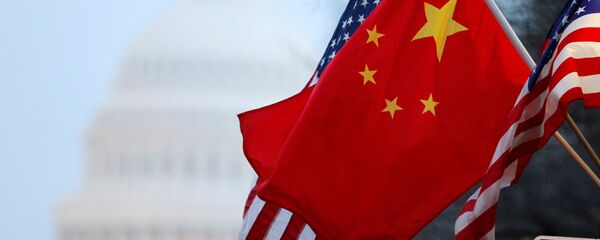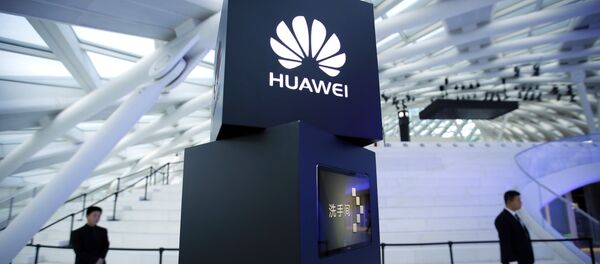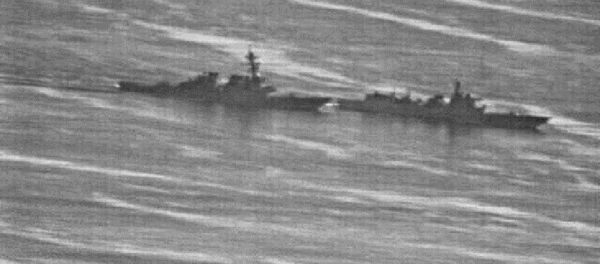Clifford A. Kiracofe — The US' harsh tariff measures reflect its deeply flawed national security strategy. President Donald Trump's administration has made it clear that Washington perceives China as a rival that seeks to revise the post-World War II liberal international system. This is also the consensus view in Congress.
Finance and trade are fundamental aspects of any international system, together with traditional inter-state relations. Under normal circumstances, differences and frictions are resolved through careful diplomacy on the basis of mutual benefit.
Washington updated its national strategy under Trump to be more aggressive globally. The rise of China, the rise of India, and the reemergence of Russia were among the central concerns — they were perceived as challenging a world order dominated by the US.
Realistically, the US must adjust to the emerging multipolar international system. But Washington has resisted this trend and still relies on old geopolitical concepts that emerged in the wake of World War I.
The essence of these old concepts was a vision of a globalized world firmly under Anglo-American leadership. This has been called "liberal internationalism" from the day of US President Woodrow Wilson until the present. The phrase was adopted from the British 19th-century policy of "liberal imperialism."
After World War II, this vision expanded to include Western Europe, thus creating a transatlantic bloc. Further additions were made to the "Western" system, which itself is based on capitalism.
This vision incorporates a centre-periphery model. The "centre" is the Atlantic world backed by the NATO military alliance. Japan was considered part of the Western system. The "periphery" is various other regions of the globe that are to be incorporated into the Western system.
Washington's manipulation of global financial markets by transforming the US Federal Reserve into a global — rather than a national — central bank is distorting and unsustainable. It benefits Wall Street, the symbol of finance and capitalism and not "main street," a symbol of the people.
Liberal internationalism links political and economic goals. The principal goal is to get countries to submit to capitalism and Western-style democracy and incorporate these into their economic and political models.
The White House 2017 National Security Strategy report stated that Washington's past strategy had failed to change China from a socialist model with Chinese characteristics to a Western model based on capitalism.
The report concluded that a more aggressive US approach was necessary, in which economic policy would play a much greater role. This is the context for the present trade dispute.
The tariff issue is a distraction from the main US objective, which is the penetration of Chinese financial markets including banking and insurance. The strategy is that with long-term penetration of Western capitalism, the Chinese economic and political model can be altered.
As part of this political warfare through financial means, the US-led West can be expected to attempt to divide Chinese business circles and influence friendly factions to join the West.
However, confrontation can be avoided by thinking in terms of a constructive internationalism rather than one-sided zero-sum globalization.
Constructive internationalism would help states protect their own people from harmful cross-border capital flows as well as from unsustainable debt structures. The development of strong national capital markets would be encouraged. Living wages and prudent savings would be encouraged.
This spirit of constructive internationalism was displayed at the Bretton Woods Conference in 1944. The original ideas and ideals of this international meeting remain relevant today, but would be better served if the IMF were reformed.
China's turn away from export-led growth and toward domestic consumption was the correct decision. A spirit of constructive internationalism would encourage this policy, as well as the development of China's own capital market.
Rather than seeking to change China's development model, the US must face reality. The international system is evolving and the US should adjust to it accordingly.
The Trump administration's aggressive use of the tools of economic warfare against China, Russia, and Europe is counterproductive and destabilizes the global economy. Although Trump is a pragmatic businessman, his current advisers are ideological hawks.
The US must begin to think in non-zero sum ways about international finance, trade and diplomacy. It must reject counterproductive economic warfare and other tools of coercive diplomacy and firmly embrace constructive internationalism in a multipolar, polycentric, and pluralist world.
This article originally appeared on the Global Times website.






